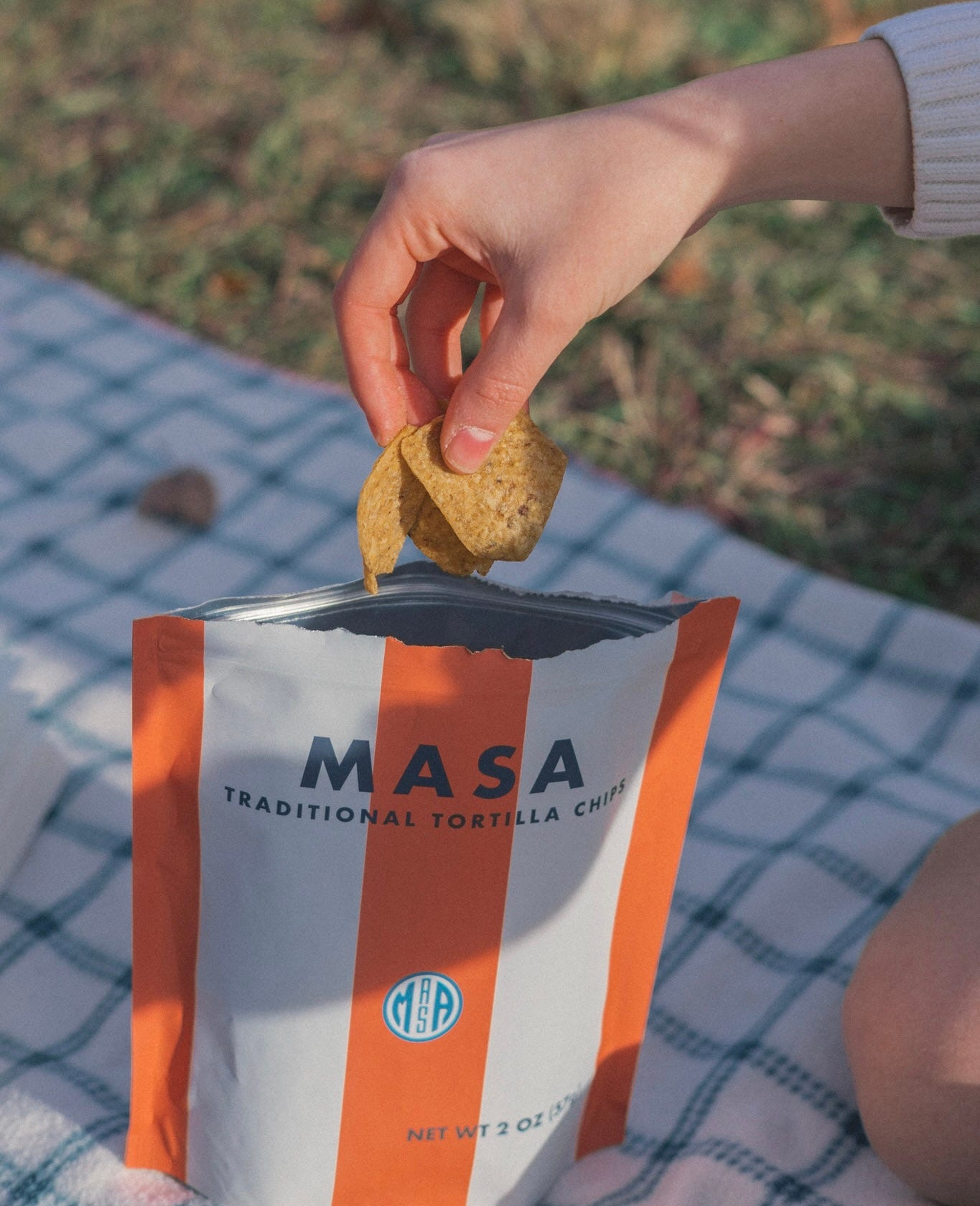“Just avoid processed foods and you’ll be fine!”
This is how many in the health space try in good faith try to simplify food choices for their followers.
But it’s easier said than done, for the simple reason that not all processed foods are bad. In fact, most of the healthy foods we all love are processed in one way or another.
For the uninitiated, it can be hard to figure out which processed foods are a problem and which are fine. In this post, I’ll give you the tools to figure out for yourself which processed foods to avoid.
Most Foods are Processed Foods
People usually set up “processed foods” as a category opposed to “whole foods”, which are eaten in their whole form, as they come from nature.
But anything more than a cursory analysis will show us that most of the foods we eat are not eaten in their “whole” form.
Thus the entire obsession around “whole foods” and “processed foods” is woefully inconsistent and incomplete.
There’s a better way to think about it, and that is between “real” or “traditional” foods and “artificial foods”.
Whole foods aren’t the goal
The only foods that people (should) eat in their true unprocessed form are raw milk, fruit, and honey.
Everything else is processed in some way, in the sense that it undergoes one or more chemical, physical, or biological transformations before it ends up in your mouth.
Cheese? Hardly resembles the milk that comes out of a cow.
Sauerkraut? Chopped, salted, fermented.
Sourdough bread? Grains are ground, fermented, and baked before consumption.
In many cases, these procoesses even make the food healthier. The gluten and anti-nutrients in wheat are reduced when the flour is fermented in sourdough bread.
Eating a whole food, unprocessed potato might kill you.
Sauerkraut has more vitamin C and vitamin K than pure cabbage does.
And milk has more vitamin K and its shelf-life is enhanced when turned into cheese.
Clearly, there is a difference
Obviously, there is a difference between something like a hard raw milk cheese and Cheez its. Or sourdough bread and wonderbread.
But what defines that distinction? All of it is processed. Yet two of those are healthy, and two of those aren’t.
This is why the term “processed foods” is not very useful.
I prefer to call what most people think of as “processed foods” artificial foods, ultra-processed foods, or fake foods.
Their health counterparts are “natural”, “traditional”, or “real” foods.
The core distinction lies in the methods used to transformed the food from its wild, unprocessed state.
How to Identify Artificial Foods
So how can you tell the difference between artificial foods and real foods? Here are three helpful heuristics that will
Non-kitchen ingredients
The easiest way to recognize artificial ingredients is by whether or not you could find them in a typical kitchen.
A lot of “premium” packaged foods like to play up the whole “Grandma’s kitchen” vibe. But how many of your grandmas have soy lecithin, tripotassium citrate, yeast extract, cellulose gum, or “natural flavors” in their cupboards?
These types of ingredients are only found in unhealthy, artificially processed foods. No one in their right mind would even think of adding them to their home-cooking.
Whether it’s for texture, shelf-life, machine compatibility, or pure hatred for the beauty of the human soul, almost all artificial food brands (including the “healthy” ones) fill their products with these substances.
Fortunately, they’re pretty easy to identify by their complete unfamiliarity and “unpronouncability”. '
Such ingredients make a food inherently artificial. And while I won’t say 100% of them are definitely bad, you should require extreme proof of their benefits before eating foods containing them.
Industrial ingredients
Natural foods can all be made with pre-industrial technology, and artificial foods can’t.
However, there are many such ingredients that have become so ingrained in our daily lives that they don’t meet the above criterion.
Of course, most food production today is aided by industrial technology (e.g. refrigeration), but the important point is whether such technology is necessary.
So if you encounter an ingredient, ask yourself— is industrial technology (which includes chemistry) necessary to make this ingredient?
Seed oils are perhaps the best example. They cannot be made without modern chemical solvents and factory equipment, yet they have been everywhere for over 70 years.
On the other hand, we make MASA chips using stainless steel gas fryers with temperature control. Exceedingly modern technology.
However, we could make them with a cast iron kettle over a campfire— they’d just be even more expensive than they already are.
These ingredients are a bit harder to spot because you have to know something about where ingredients come from.
If you’re at the supermarket, this is a quick google away. But make sure to double check! There are many sneaky examples (yeast extract is a good example— sounds natural, but it isn’t).
As for seed oils, you can find an exhaustive list of them here:
Which Oils are Seed Oils?
At this point, we all know that seed oils = bad. But there remains some confusion about which oils are Seed Oils. In this post we will cover, once and for all, all the different seed oils, where they come from, and where they are most likely to be found.
New uses for old food
Lastly, there are many ingredients that have an ancient heritage, but their usage in modern food is not consistent with culinary tradition.
These foods may be both familiar and pre-industrial, but because we eat them in ways that were never intended, they become a problem.
If cultures spent the effort to continually grow, prepare, and eat a food for thousands of years, there is probably a good reason for it.
So if we take something that’s been around for a while and start using it in new ways, we must seriously question why.
Why would primitive peoples, who had far fewer material resources and a far greater need to make the most out of everything they produced, not eat a food in ways that we use today?
Keep reading with a 7-day free trial
Subscribe to Tan Land: Natural Health and Beauty to keep reading this post and get 7 days of free access to the full post archives.








